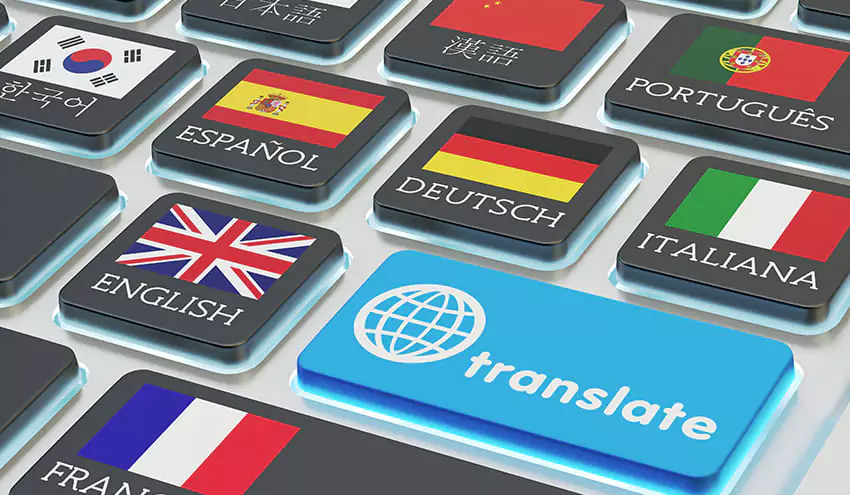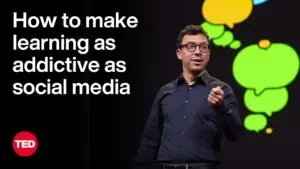
Sam is embarking on a multilingual journey, aiming to master four languages within six years. This article examines Sam’s strategy, the challenges he may face, and the advice offered by the online community.

✅ AI Essay Writer ✅ AI Detector ✅ Plagchecker ✅ Paraphraser
✅ Summarizer ✅ Citation Generator
Key Takeaways:
- Learning multiple languages concurrently is feasible with sufficient time investment.
- The learner’s environment, available resources, and personal objectives significantly influence the language learning process.
- Balancing language learning can be influenced by factors such as exposure, difficulty level, and personal interest.
- The community’s advice can provide valuable insights and strategies for language learning.
A Multilingual Ambition
A student, whom we’ll call Sam in this article, has embarked on an ambitious linguistic journey: to learn four languages – Swedish, Russian, Spanish, and Japanese – to at least B2 level within the next six years. Sam’s plan is based on a study that suggests learning two languages at once does not hinder language development, provided the time inputs are sufficient.
For the next year, Sam will be taking Swedish courses at university, aiming to reach the B2 level. Alongside this, Sam plans to study another language, Russian or Japanese and seeks advice on prioritizing and balancing this multilingual journey.
Community Weighs In On Multilingual Challenge
In response to Sam’s ambitious language learning plan, online community members have shared their insights and experiences, offering a range of perspectives and advice.
One experienced language learner, who has navigated the journey before, advised Sam to start with an intensive study of one language to understand what learning methods work best for them. This approach, they suggest, could provide a solid foundation for subsequent language learning.
Another community member, taking a more pragmatic stance, urged Sam to consider the practical aspects of the endeavor. They highlighted the importance of realistically assessing the time available for language study and the accessibility of learning resources. They emphasized that the efficiency of time use and the richness of available resources could significantly impact the fluency outcome.
A current language learner focusing on Spanish shared their personal experience, stating that managing more than one language at a time could be challenging. They commended Sam’s ambition, implicitly suggesting that a single-language focus might be more manageable.
In a more motivational tone, another member encouraged Sam not to be deterred by the scale of the challenge. They acknowledged that while the goal is ambitious, it is not unattainable, especially if language study becomes a primary focus in Sam’s life.
An early starter in the community proposed a different approach. They suggested that Sam should start learning the basics of each language first. They argued that even if Sam later decides to drop a language, the basic knowledge acquired would not be easily forgotten and could be built upon when the language is picked up again.
Finally, a strategic thinker in the community offered a detailed plan for Sam. They suggested starting with Japanese due to its complexity and pairing it with an easier language, adjusting the study ratio over time. This approach, they believe, could help Sam reach the desired proficiency level in all four languages within the six-year timeline.
The following table summarizes the diverse range of strategies and advice offered by the online community to Sam for his ambitious multilingual journey:
| Idea | Description |
| Intensive Study of One Language | Start with intensively studying one language to understand what learning methods work best. This approach could provide a solid foundation for subsequent language learning. |
| Realistic Time and Resource Assessment | Consider the practical aspects of the endeavor, such as the time available for language study and the accessibility of learning resources. The efficiency of time use and the richness of available resources could significantly impact the fluency outcome. |
| Single-Language Focus | Managing more than one language at a time could be challenging. Focusing on one language at a time might be more manageable and effective. |
| Persistence and Motivation | The goal is ambitious but not unattainable. Persistence, motivation, and making language study a primary focus in life can lead to success. |
| Early Start with Basics | Start learning the basics of each language first. Even if a language is later dropped, the basic knowledge acquired would not be easily forgotten and could be built upon when the language is picked up again. |
| Strategic Planning | Start with the most complex language (Japanese) and pair it with an easier language, adjusting the study ratio over time. This approach could help reach the desired proficiency level in all four languages within the six-year timeline. |
Conclusion
Sam’s journey to mastering multiple languages is a testament to the power of setting ambitious goals and seeking community advice to achieve them. The various perspectives the community offers highlight the importance of considering factors such as time commitment, available resources, and personal objectives when learning multiple languages. Ultimately, the order and approach to learning languages should be tailored to the learner’s needs and circumstances.
Related stories:
Why Did Duolingo Reset My Progress? Users Are Concerned
What Language Does the Internet Speak?
Language Students Break Down The Most Common Barriers to Learning
Tips to Effective Language Learning Are Revealed By Successful Students
Is Memorizing 100 New Words Daily Sustainable? Insights From The Experienced Learners
Follow us on Reddit for more insights and updates.





Comments (0)
Welcome to A*Help comments!
We’re all about debate and discussion at A*Help.
We value the diverse opinions of users, so you may find points of view that you don’t agree with. And that’s cool. However, there are certain things we’re not OK with: attempts to manipulate our data in any way, for example, or the posting of discriminative, offensive, hateful, or disparaging material.